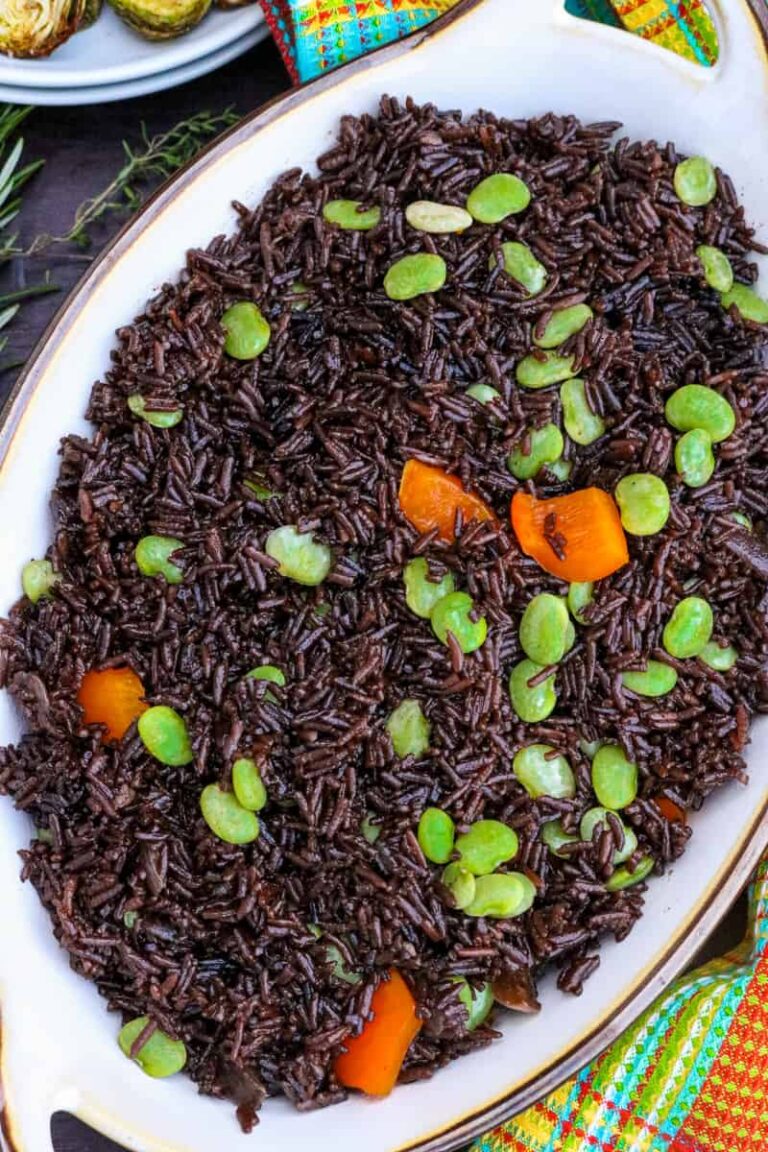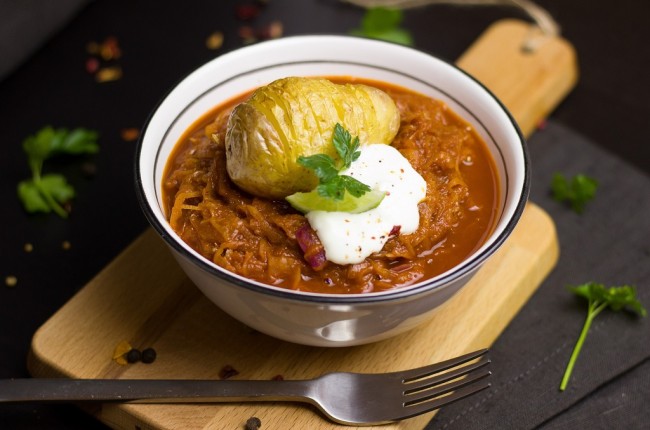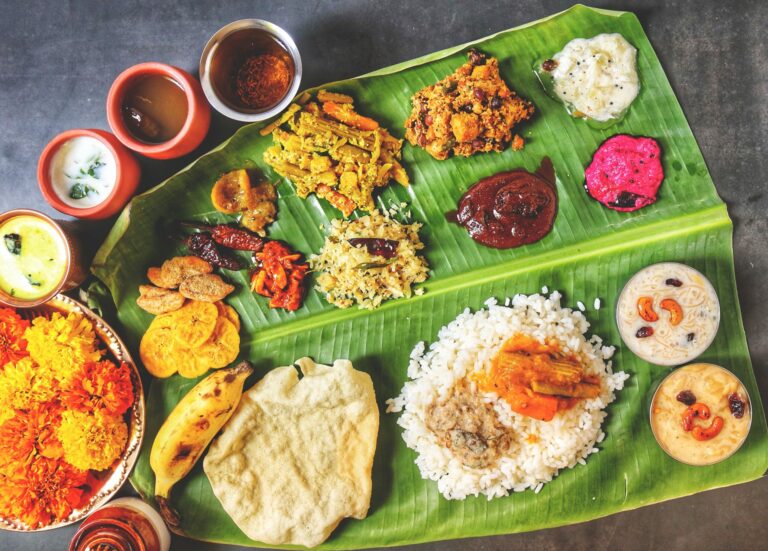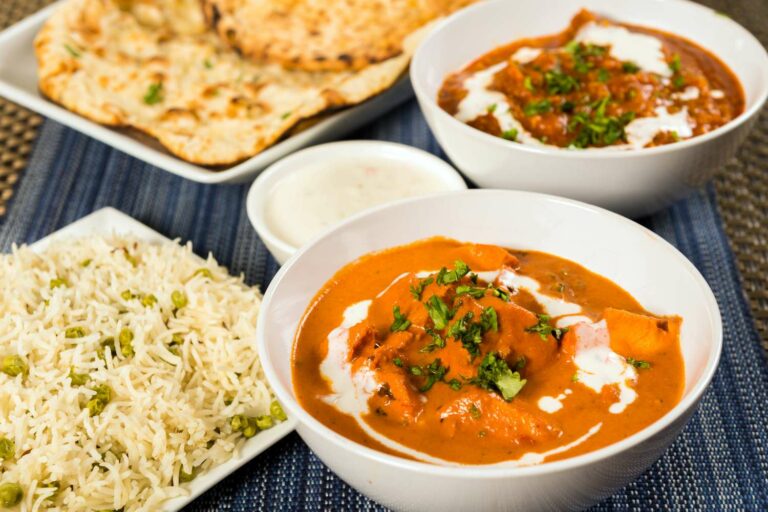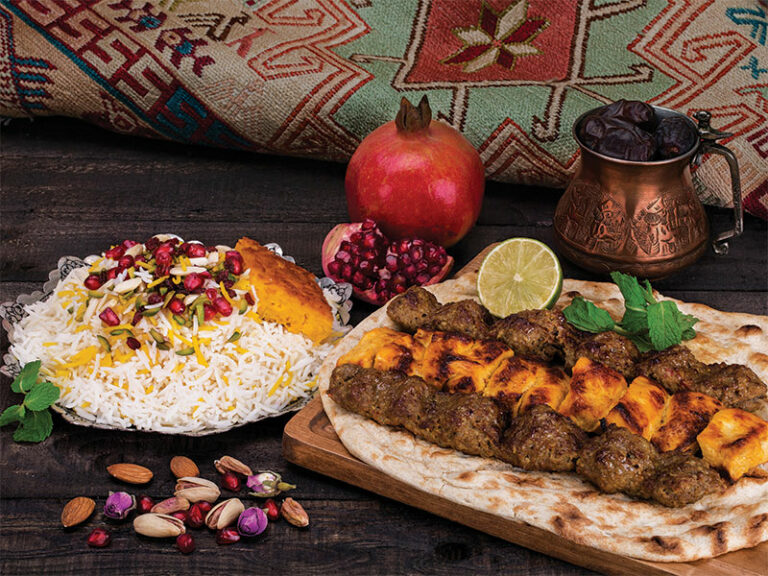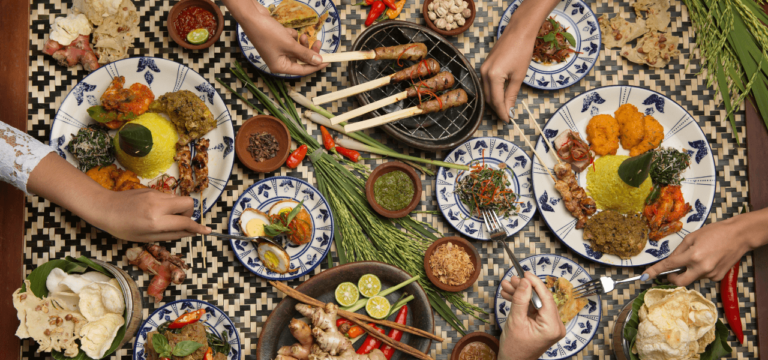Introduction: Haitian Cuisine and its Condiments
Haitian cuisine is a rich blend of African, French, and Indigenous influences that have contributed to a unique and flavorful culinary tradition. Haitian cooking is characterized by the use of fresh herbs, vegetables, and seafood, and a variety of spices and condiments that add depth and complexity to dishes. Condiments and sauces are essential components of Haitian cuisine, and they often play a significant role in enhancing the flavor and texture of dishes.
The Key Ingredients in Haitian Cooking
Haitian cooking relies heavily on fresh and locally sourced ingredients, such as plantains, cassava, yams, sweet potatoes, and rice. Seafood and meat are also commonly used, along with a variety of vegetables, including okra, eggplant, and peppers. Haitian cuisine is known for its creative use of spices and herbs, such as thyme, parsley, garlic, and scallions. These ingredients are combined to create a range of dishes, from stews and soups to fried snacks and desserts.
Understanding the Role of Condiments and Sauces
Condiments and sauces are an essential component of Haitian cuisine, and they add depth and complexity to dishes. These ingredients are used to enhance the flavor and texture of dishes and can be used for dipping, marinating, or as a seasoning. Condiments and sauces are often made from a blend of herbs, spices, and aromatics, and they vary from region to region and from cook to cook.
The Top 5 Most Common Condiments in Haitian Cuisine
- Pikliz: A spicy pickled vegetable relish made with cabbage, carrots, onions, and hot peppers. It is often served as a condiment for meat dishes or as a side dish.
- Epis: A seasoning blend made with garlic, peppers, onions, and herbs. It is used as a marinade or seasoning for meats, fish, and vegetables.
- Ti-Malice: A sauce made with onions, peppers, and vinegar. It is often served with fried fish or meat dishes.
- Sauce Ti-Bonbon: A sweet and spicy sauce made with molasses, peppers, and vinegar. It is typically served with fried plantains.
- Mayi Moulen: A cornmeal-based sauce that is used as a topping for dishes such as rice and beans or fried fish.
How to Prepare and Use these Condiments
Pikliz is prepared by combining chopped vegetables with vinegar and salt, and allowing it to ferment for several days. Epis can be made by blending garlic, peppers, and other herbs in a food processor or mortar and pestle. Ti-Malice and Sauce Ti-Bonbon are made by cooking onions, peppers, and other aromatics in vinegar or molasses until the mixture thickens. Finally, Mayi Moulen is made by cooking cornmeal with water and seasonings until it forms a thick sauce. These condiments can be used as dips, marinades, or seasoning for a variety of dishes.
Conclusion: The Flavorful World of Haitian Cooking
Haitian cuisine is a vibrant and flavorful culinary tradition that celebrates the diverse cultural influences of the country. Condiments and sauces play a critical role in Haitian cooking, and they are used to add flavor and texture to dishes. By exploring the top five most common condiments in Haitian cuisine, you can gain a deeper understanding of the flavors and ingredients that make this cuisine so unique. Whether you are a seasoned home cook or a curious food lover, Haitian cuisine has something to offer.

